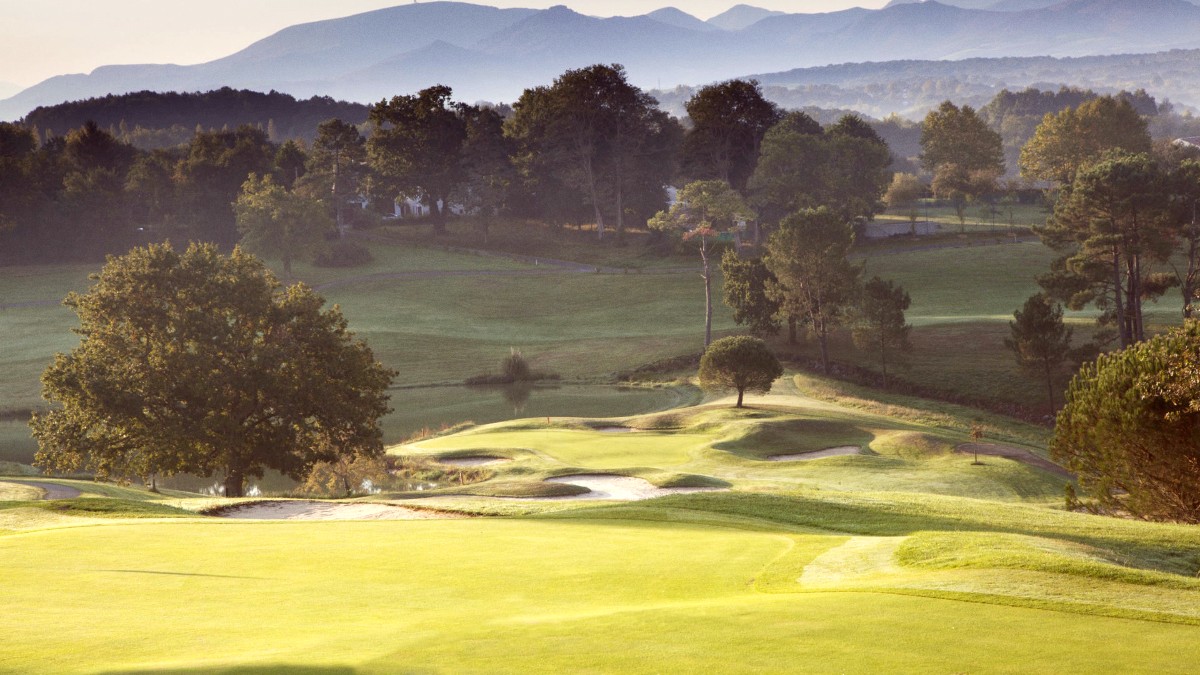
Southwestern France, France
The city's landscape features a rocky coastline, with stretches of sandy beaches and impressive cliffs. The iconic Biarritz Lighthouse, perched on a promontory, marks the division between the low-lying sandy coast of the Landes region to the north and the rugged, rocky Basque coast to the south. Biarritz itself is built on a series of hills, offering elevated viewpoints over the vast Bay of Biscay.
Anglet borders Biarritz to the north, extending the coastline with long, sandy beaches popular for surfing. To the south, Bidart presents more picturesque coves and a relaxed atmosphere.
On clear days, the majestic Pyrenees mountains appear on the southeastern horizon, giving a dramatic backdrop to the coastal scenery. This varied geography presents opportunities for beach relaxation, coastal walks, and mountain excursions.
The origins of Biarritz trace back to the 12th century, when it was a small fishing village. Its deep waters and strategic location made it an important whaling port for centuries. Basque whalers were among the first in Europe, traveling as far as Newfoundland. This maritime heritage remains visible in the old Port des Pêcheurs, a charming area with traditional fishing huts.
The city's transformation into a fashionable seaside resort began in the mid-19th century. She fell in love with Biarritz and chose it as her summer residence, building the Villa Eugénie. This grand structure is the luxurious Hôtel du Palais. Her presence attracted European royalty, aristocracy, and wealthy travelers, turning Biarritz into a destination for the elite.
Origins as a small fishing settlement.
Empress Eugénie’s summer residence established.
American filmmakers brought surfing to the Atlantic coast.
International competitions draw surfers globally.
Local culture evident in architecture and cuisine.
From the 1950s, Biarritz gained recognition as a pioneering hub for surfing in Europe. American filmmakers and surfers introduced the sport, quickly finding the Atlantic swells ideal. This new identity brought a more relaxed, bohemian vibe to the city, blending with its historic elegance. Today, Biarritz remains a premier surf destination, hosting international competitions and drawing surfers from around the globe.
Despite its international resort status, Biarritz preserves strong connections to its Basque heritage. This local culture appears in its distinct architecture, flavorful cuisine, and traditional sports like pelota.
The dual influences of French refinement and Basque roots give Biarritz an unique charm, unlike any other city in France.
Biarritz offers a destination where history, nature, and modern leisure activities blend seamlessly. This guide aids your discovery of each facet of this remarkable city.
It has a population of around 26,000 residents, a size that allows for both a lively atmosphere and a welcoming community feel. The city's main industries focus on tourism, surfing, and thalassotherapy.
Thalassotherapy, using seawater and marine products for health and wellness, continues a long tradition of therapeutic bathing in Biarritz. The services sector, supporting these industries, also forms a large part of the local economy.
Around 26,000 residents.
Tourism, surfing, thalassotherapy.
French (official), Basque, Spanish influence.
features travelers encounter include its grand beaches, the iconic Rocher de la Vierge, historic architecture, and deep-rooted Basque influences.